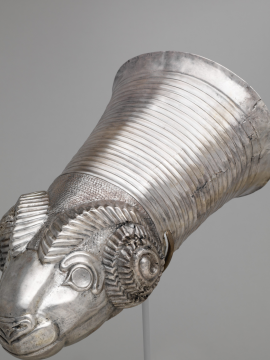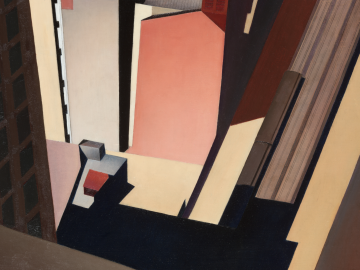Observation Journal: Introduction
Kathleen Jennings
This is an introduction page for the observation journal pages. I’m still tinkering with it, so do feel free to let me know if you have any general questions you think should be addressed. For this reason, comments are currently open on this page.
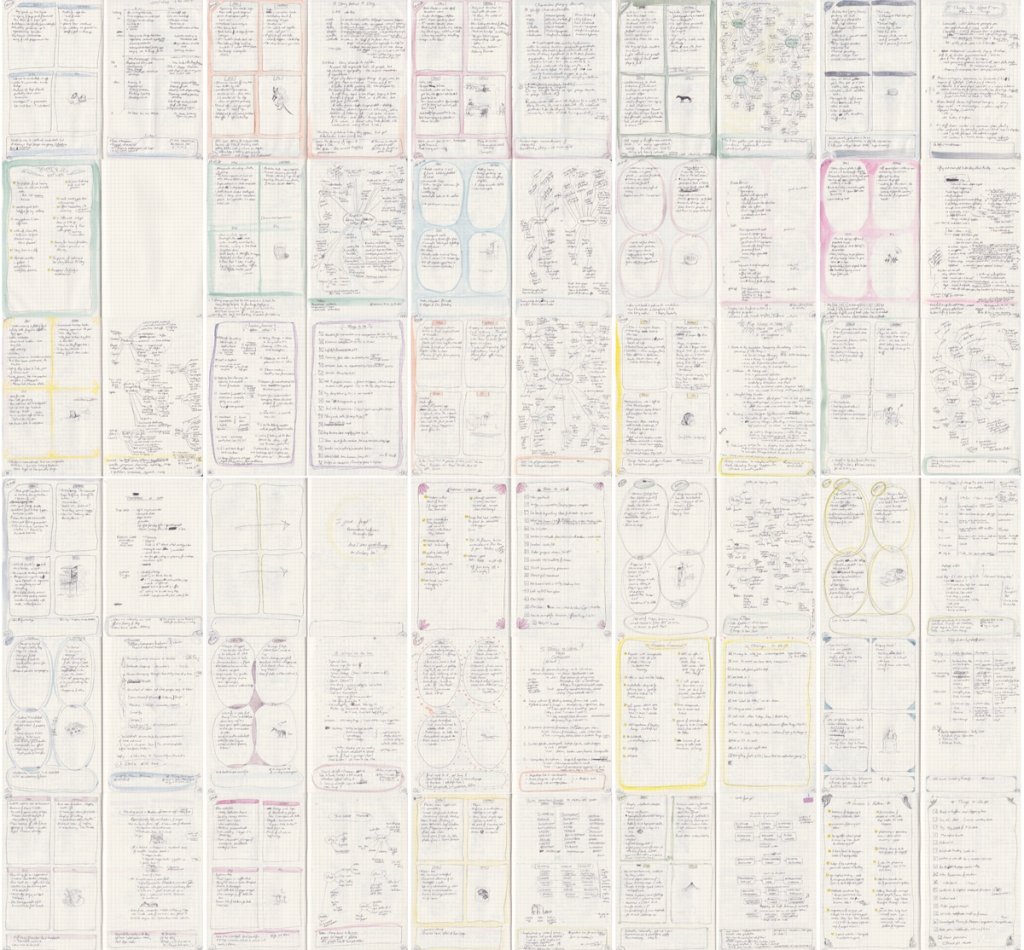
DO YOU OFFER WORKSHOPS?
Yes, I do and have done workshops for writers and illustrators and art teachers. So I can be persuaded if you can catch me, pay me, and organise the logistics (I’m on a few deadlines at the moment. I am working on a better write-up. But most of the high-level questions I’ve tried to answer here — let me know if I’ve missed anything!
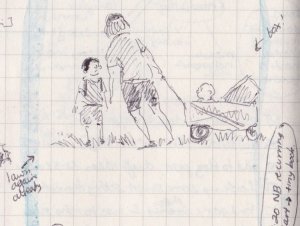
HOW IT BEGAN
The observation journal began as an example for some students. I was designing tutorials for a subject on creativity at my university. One of the pieces of assessment was to be an observation journal. For the sake of my students, I wanted to:
work out what an assessable observation journal could look like;
prove that it was feasible;
show the possibilities for it being useful;
but also give freedom to just mess around: you (mostly) only have a page and the whole point is to scribble, not to make a masterpiece;
be adaptable to different creative pursuits (although obviously mine skews to my interests);
set up an approach that would be more than just notes about the set readings; and
incorporate taking notice of the world, but also reflections on their own approaches to that.
WHAT IT BECAME
I’ve generally been rather journal-averse. Or I try them with good intentions, and they don’t take. Part of it is my aversion to introspection. Part of it is the feeling of things — words and thoughts and ideas — being poured into a bottomless pit. Your experience may be different.
But as I played with the journal, I realised this approach was genuinely useful for me, not only as a format that worked (with the exception of one day where I fell asleep unexpectedly, I’ve done it every week day since I started it in January 2020), but also as one I enjoyed. And, beyond that again, it became a project that kept constantly spilling out into new projects, techniques, skills, blog posts, conversations, and thoughtfulness.
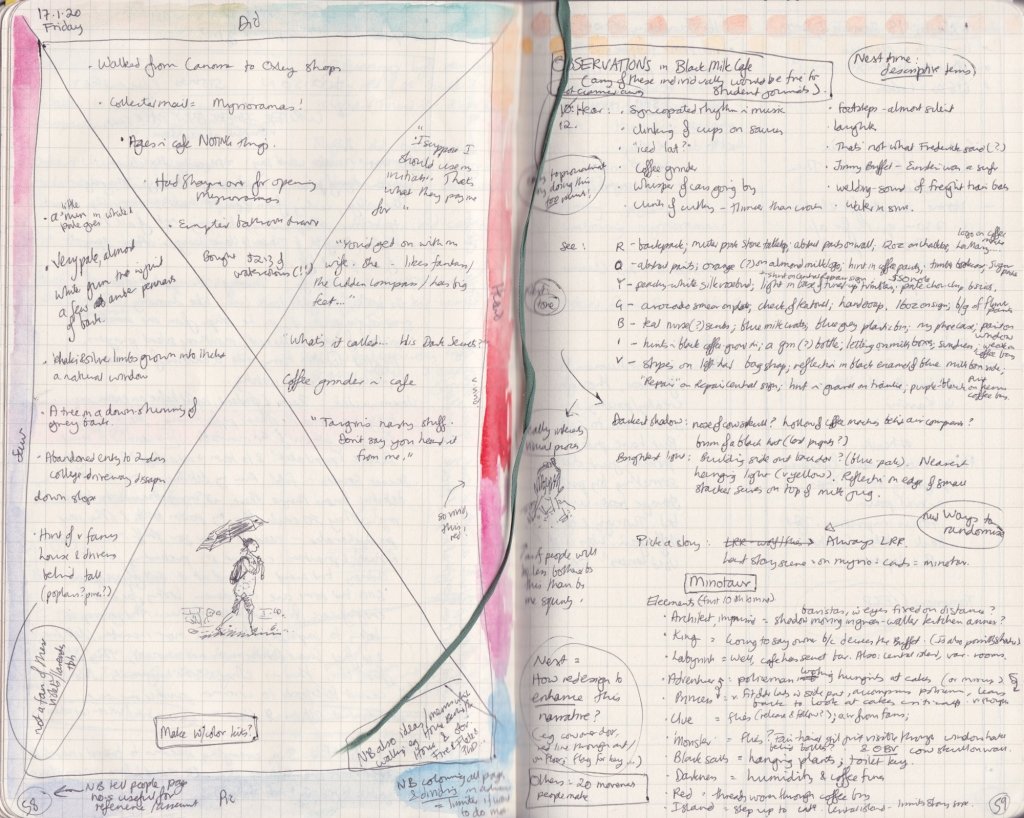
THE BASIC STRUCTURE
The basic structure, as it evolved, is two facing pages per (week) day. It’s technically possible to do it in under 10 minutes, but I have a problem with filling every corner of the page with thoughts.
The left page is observations from the day. The right page is some form of creative exercise. Then at the end of the week I do a summary.
THE LEFT PAGE: general observations
This page is based on one of the exercises from Lynda Barry’s Syllabus (which I highly recommend): a page divided into four parts, with five things you’ve seen/heard/done, and a picture (drawing/diagram/map) of something from the day. I’ve added a fifth cell as a place for reflection: overarching patterns from what I was noticing, or other things about the day.
I’ve found this a very soothing structure, but also practical. For instance:
it prompts me to notice things, but not excessively — five isn’t a prohibitive number;
it can gently retrieve a sinking mood;
it encourages me to remember things, but only just enough to make me thoughtful;
it catches the tenor of a day (and an era) surprisingly well, without the time needed to construct an accurate record of events (even grumpy days where I just list what I can see from my bed);
it can be done very quickly;
it’s an unexpectedly wide-ranging resource for many games, ideas, and projects — and often a foundation exercises on the second page.
Q: How to divide the page? I think Lynda Barry used an X to divide the page. I’ve done that, and circles, and other approaches (I started with dot points). They’re all fun to play with, but I’ve settled to using four boxes, with a long thin one at the bottom. Sometimes these are illustrated, often drawn in watercolour, just as often scribbled in loops — sometimes I get fancy, but that’s a function of my job rather than of the journal. Try a few and see what suits you.
Q: Do you find yourself, since starting them, preempting the day’s observation, or is each still it’s own discovery? Is this a challenge? I don’t pre-empt the left-hand page. Occasionally I’ll decide that I need to go out and (e.g.) listen harder the next day, or go notice in a particular place. I find it an endless delight, rather than a challenge — strange and mundane and charming things to see.
Q: Also, are they done in a single session or are they completed over the course of the day? Both. Sometimes I’ll do them in one sitting over morning coffee, or last thing before bed. I enjoy it most, though, when I complete the page over the course of the day — but this is easiest when I’m out and about.
THE RIGHT PAGE: activities and exercises
This page is for anything else, as long as there’s an element of creativity and reflection (I include a little panel at the bottom for that). Each week I sent my students a list of possible prompts —from actively making things to answering questions that had been put to interviewees in the class materials. I like to keep a running list, for myself, of things I might want to try.
A few of the exercises I’ve invented or picked up include:
examining completed projects (e.g. creative post mortems);
notes on things I want to learn (steal) from someone else’s work (e.g. Five Things to Steal);
pursuits of obsessions (e.g. the appeal of staginess);
breaking down patterns (e.g. with car trips in YA TV show);
testing ways to trick myself into having ideas (e.g. alphabetical order);
little drills and exercises (with pictures or words);
taking apart my process (e.g. what it takes to give ideas a push);
trying to recreate an effect I’ve seen somewhere else (e.g. The Caudwell Manoeuvre);
insulting my favourite media (e.g. Loving the Tools);
and many others, sometimes building on previous exercises and fascinations.
I also include a little area on this page for reflection on the exercise. I initially put this in because I wanted to make sure my students reflected, but it’s been very useful — especially for summarising any main discoveries, noting future avenues of investigation, and listing any things I’ve realised I want to do (from activities to shopping lists).
Q. Can you say a bit more about activities?
If you scroll through the observation journal posts, you’ll see a few different approaches, but I have also written out steps for a few creative exercises. These are on the posts under the categories art exercise and writing exercise. Lots of creative books and journals suggest activities (see “resources” at the bottom of this page), but if you’re prepared to be flexible, most activities could be adapted to most pursuits. I try to make my art and writing exercises interchangeable, but there’s a lot of fun to be had in e.g. trying to apply a deliberate fairytale misreading to a home decoration problem or the structure of a legal document, or listing your tools/devices/databases and ascribing insulting personalities to them. It’s just an exercise, but it helps me look at things (and like things!) more.
Q. When do you do this page and how long does it take? I can do it in as little as 5 minutes, but I like to take my time over coffee (when cafés are an option!). Often, however, I end up doing them at night.
Q. Do you plan in advance what you’ll do? I keep a list of possibilities, and sometimes I’ll realise that I want to continue or vary one day’s exercise the next day. But often I’ll pick up some new preoccupation during the day and want to play with that.
THE SUMMARY PAGE
At the end of each week, I do glance back at the week’s notes and make two summary pages.
The first is for patterns noticed and lessons learned, looking back at the week’s notes.
The second is a list of all the things I’d made a note to do. It’s not a formal To Do list, and if I don’t do them it’s usually just a sign I didn’t care that much — but it is the only way I remember to actually go back and follow through on some ideas (or consciously defer them).
WHAT NOTEBOOK?
Short answer: Whatever works for you.
Long answer: I like to use squared large Moleskine notebooks — hardcover, different colours if I can get them. If I can only get black, I usually put a sticker on the front.
I always have one of these notebooks on the go, and I use it for everything except actual documentary sketching. (For the terminally curious: I take a lightly adapted bullet journal approach, page numbered and with an as-I-go index at the front).
Other modifications:
I stick a pen-loop on to the back cover. I keep reusing the current one (which was something like this) and just stick it into each new notebook with duct tape.
Stick-on page tabs/markers to flag the month calendar pages.
Four extra ribbon bookmarks (basic tutorial here: How to: Make a spare ribbon bookmark – just use more ribbons).
Because the notebook is my everything-notebook, the observation journal is spaced throughout it. Every week I rule up up or paint in a week’s worth of journal templates.
This means the journal is always with me, and I can cross-reference it with pages where I’m developing projects, or longer-form notes, and find elements from it in the index. But there’s no reason to do it this way, and it has its disadvantages, including that some of the observation pages are quite pretty, and the rest of the notebook really, really isn’t, so I don’t have a single coherent object to show people. Also the gridded paper is quite thin, and watercolour bleeds through.
HOW ABOUT PENS?
My current pen of choice is a Pilot BPS-GP <F> ballpoint. It suits/enables my tiny handwriting.
I also use watercolour (initially the Daniel Smith dot sheets), and an assortment of other pens and markers that never quite please me, to add colour.
Colour has become an important part of the observation journal for me, although it never used to appear in my notebook. In part, it’s because it’s a practical part of my creative process as an illustrator. I end up incidentally learning how to use certain paints better, and like them more. But I also find the texture and weight of painted pages pleasing to touch and review, and the colour makes it easy to find a specific page again. Again — that’s just my preference.
OTHER RESOURCES
All the observation journal posts are under the tag Observation Journal
I also have some exercises (some from the observation journal, others suited to it) under the overlapping tags art exercise and writing exercise.
Lynda Barry’s Syllabus
Austin Kleon’s Steal Like an Artist and Show Your Work, along with his blog and newsletter
Todd Henry’s The Accidental Creative
Stanley Fish’s How to Write a Sentence: And How to Read One (yes, it’s about sentences but it’s taught me a lot about how to work out what makes things I like work)
Rob Walker’s The Art of Noticing newsletter (and also book, which is a lovely little thing)
Peter M Ball’s newsletter (Peter is largely responsible for most of my tumbles into various rabbit-holes of this sort of reading)

